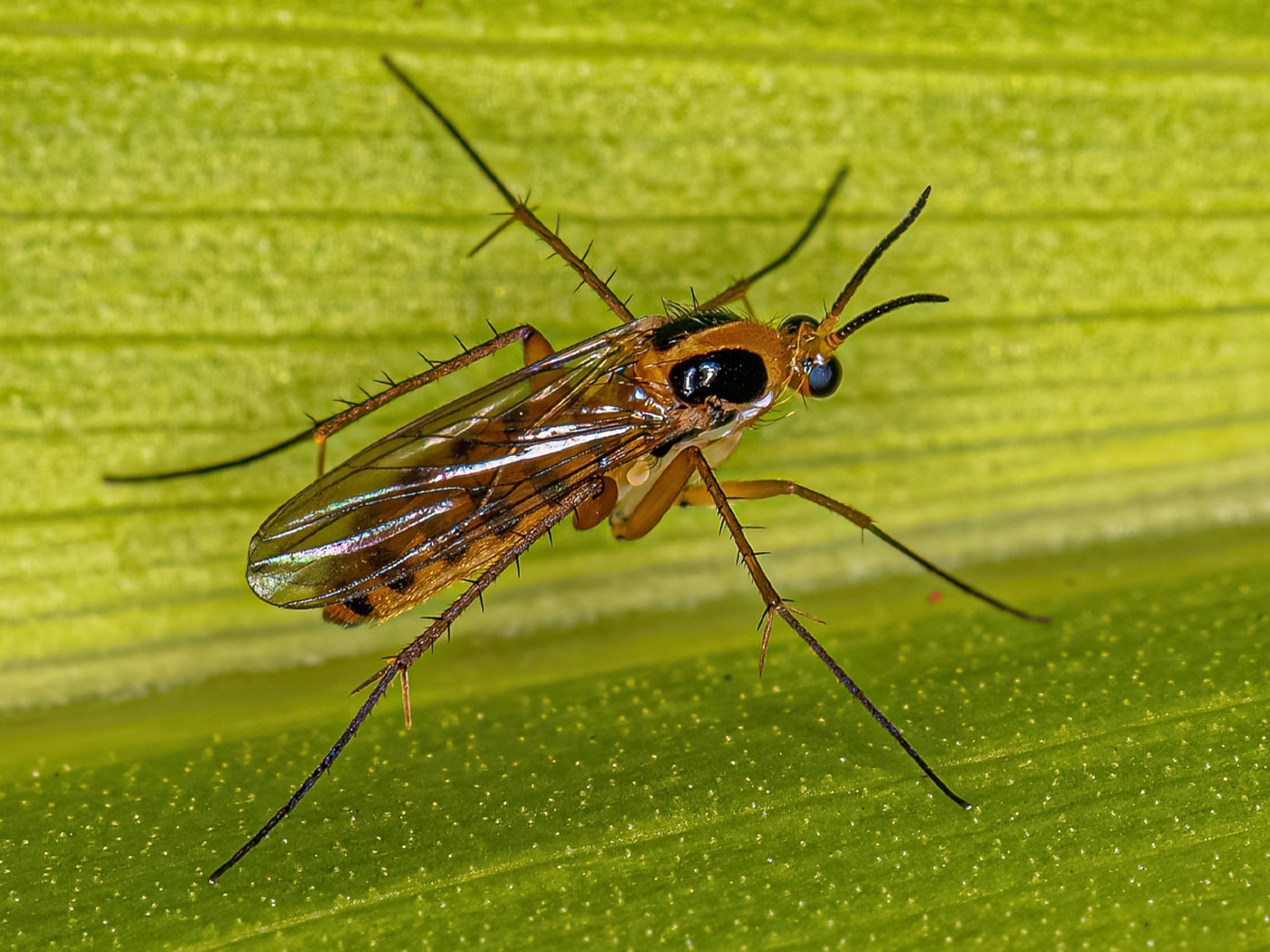Archaeologists from Tel Aviv University recently radiocarbon-dated camel bones from digs at an ancient copper smelting camp in the Aravah Valley that runs along the Israeli-Jordanian border. Primarily based upon this radiocarbon analysis, the authors concluded that the first “significant” appearance of domesticated camels in the southern Levant (the region of the Middle East containing Israel, Jordan, and southern Lebanon) occurred around 900 B.C.1,2 However, the biblical record indicates that domesticated camels were in use as early as 2100 B.C., at the time of Abraham (Genesis 12:16; Genesis 24). Is the Bible wrong?
Media outlets were quick to claim the Bible to be guilty of an anachronism for mentioning domesticated camels too “early” in the history of the Levant. A New York Times article went as far as to boldly assert that Genesis camels are “telling evidence that the Bible was written or edited long after the events it narrates and is not always reliable as verifiable history.”3
Even granting that the radiocarbon dates on these camel-bone specimens are accurate, the researchers’ claim is based on a logical fallacy: the assumption that an absence of evidence is evidence of an absence—sometimes called an “argument from silence.” The critics assume that their supposed inability to find archaeological evidence of domesticated camels in the southern Levant at the time of Abraham somehow proves that none of these creatures existed in the region at that time. This is not the first instance where skeptics have made such a fallacious statement; they once declared that the Bible was in error when it mentioned the Hittite people because evidence for their existence had not been found. However, the critics were eventually clearly shown to be wrong.4
But even if camels were rare in the land of Israel during the time of the patriarchs, this does not mean they were non-existent. There is even some evidence of camel domestication in Mesopotamia and Syria from before Abraham’s time.5 Furthermore, Egyptian artifacts depicting domesticated camels—which even secular archaeologists date as being from before the time of Abraham—have been found. These include a camel’s head made of pottery, a terra cotta tablet, camel models, petroglyphs, and rope made of camel hair.5 Genesis first mentions camels when Pharaoh gave some to Abraham as a gift while he was in Egypt (Genesis 12:16)! So, if domesticated camels were present in Egypt from before the time of Abraham and the king of Egypt gave some to Abraham as a gift, how then do Abraham’s camels, or even those belonging to Isaac and Jacob, constitute an anachronism? How is this even an apparent anachronism?
For over 100 years, skeptics have been charging the Bible with a “camel anachronism,” using assertions that many conservative scholars have thoroughly addressed.5,6 However, in their eagerness to find error, these latest accusers have committed a logical fallacy and ignored other archaeological data. Camels in Genesis do not constitute a Bible error, despite the media hype.
References
- Sapir-Hen, L. and E. Ben-Yosef. 2013. The Introduction of Domestic Camels to the Southern Levant: Evidence from the Aravah Valley. Friends of the Institute of Archaeology of Tel Aviv University. 40: 277-285.
- Finding Israel’s First Camels. American Friends of Tel Aviv University. Posted on aftau.org February 3, 2014, accessed February 13, 2014.
- Wilford, J. N. Camels Had No Business in Genesis. The New York Times. Posted on nytimes.com February 10, 2014, accessed February 13, 2014.
- Wilson, C. A. 1977. Rocks, Relics and Biblical Reliability. Grand Rapids, MI: Zondervan, 41.
- Lyons, E. Camels and the Composition of Genesis. Apologetics Press. Posted on apologeticspress.org 2002, accessed February 14, 2014.
- Caesar, S. 2006. The Wealth and Power of the Biblical Patriarchs. Bible and Spade. 19 (4).
* Dr. Hebert is Research Associate at the Institute for Creation Research and received his Ph.D. in physics from the University of Texas at Dallas.
Article posted on February 24, 2014.














